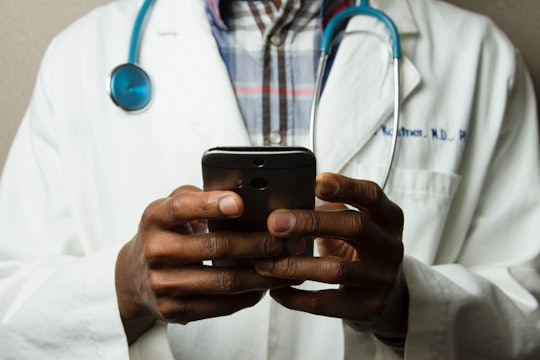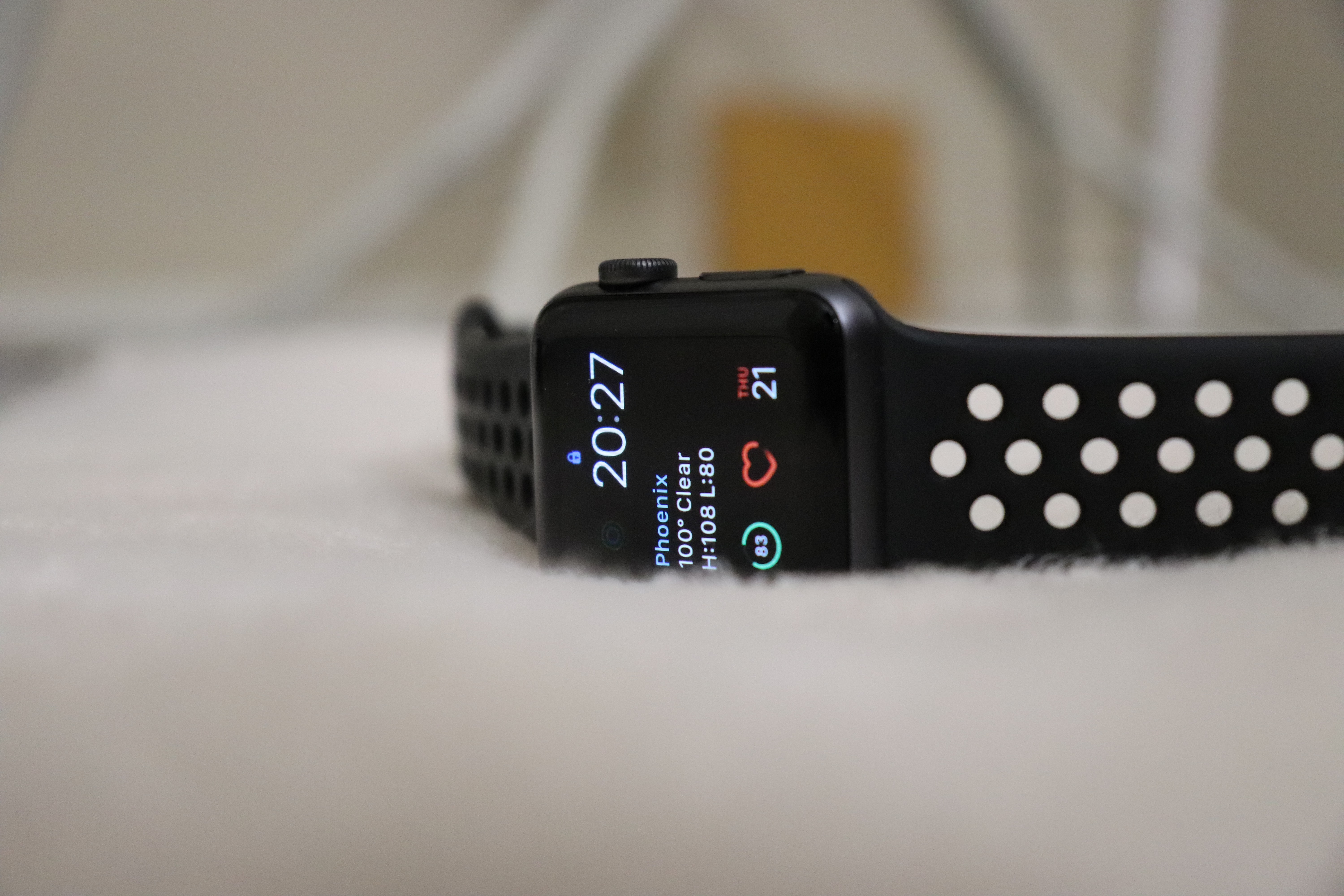
Photo by National Cancer Institute on Unsplash
Here's how to make health technology accessible to everyone
Often, these solutions leave out the people who need them most
Who is most likely to feel the impact of soaring health care costs and cuts in government spending? It's those that have historically been underrepresented in the US: older low-income adults, people with mental illness, and racial/ethnic minority patients.
New technologies can improve the health and wellness of underrepresented groups, but despite the recent growth in the use of high-tech health devices such as exercise trackers and heart rate monitors, groups are being left behind.

Apple Watches are popular exercise and heart rate monitors
Photo by Ankush Minda on Unsplash
Since the potential for new technologies is significant, it is high time for an actual focus on inclusion in health care. But the industry seems barely aware of a glaring problem: technology is only available to a privileged class. Technological innovation is currently causing differences in health among different populations, which has only worsened during the COVID-19 pandemic. Studies show that "individuals of higher socioeconomic status (SES) are the first to adopt, and benefit most from, the introduction of innovative technologies in health, creating social inequalities in health where they were once very low or nonexistent." For example, a 2016 study reported that over 50 percent of people in poverty in the United States no longer have a landline telephone, disrupting access to health care and social services. Researchers must understand the challenges faced by disadvantaged groups and work with communities to build modern tools that can improve health. This means that community members must be active and equal partners when designing interventions. It also means going beyond a one-size-fits-all formula, which ignores cultural factors, because communities know about their public health needs and what may work or not. Researchers cannot parachute into a community and assume they will know better than those who already live there.
Given the optimism about artificial intelligence and health data, the relatively slow adoption of digital medicine is difficult to understand. Digital medicine uses technologies to measure or intervene to improve human health. Perhaps the disconnect between innovation and communities play a role. Both should have shared decision-making, trust, and transparency, as shown by two successful mobile health interventions: FAITH! and PeerTECH.
FAITH! stands for Fostering African-American Improvement in Total Health. The purpose of this app is to help improve cardiovascular health in the Black community using a two-fold approach: first, to provide easily accessible and trusted health information; and second, to offer a platform that allows people to connect. Community members (referred to as FAITH! Partners or church-designated champions) were involved in every phase of the research process, providing the research team with valuable insights on the needs and preferences of the Black faith community. For example, FAITH! Partners strongly recommended incorporating biblical scriptures and spiritual messaging into the app. Based on successful results, the app recently secured federal funding to expand its reach and has strengthened diversity and inclusion efforts.
PeerTECH stands for Peer- and Technology-Supported Self-Management Training. It is a smartphone app-based intervention developed in equal partnership between patients, certified peer specialist (CPS) leaders, and scientists. The intervention seeks to improve psychiatric and chronic disease management among patients aged 60 years and older with a serious mental illness (for example, bipolar disorder, major depressive disorder, or schizophrenia) through self-monitoring of psychiatric distress, medication adherence (or taking medications correctly), and peer support. By including the insights of older patients living with mental illness, the app takes a smart approach to address a highly marginalized group. In the end, PeerTECH was found to be feasible and acceptable among patients and CPS leaders, with improvements in "psychiatric self-management, medical self-management, hope, quality of life, and empowerment." The PeerTECH team has received foundation and federal funding to continue their work.
Now that we are all living with the coronavirus pandemic, health equity is critical. The shift to telemedicine that the COVID-19 pandemic caused has resulted in an even larger disparity in health outcomes for older people and those with chronic conditions; ethnic minorities; people with low income; those with disabilities; people without internet access; those without up-to-date technology; and people facing mental health issues. Despite barriers to technology access, telemedicine, virtual visits, and other digital tools can make health care more accessible to a diverse set of patients. In an interview with PatientEngagementHIT, MGH Center for Telehealth director Lee Schwamm said that 95 percent of the time spent by the patient is face-to-face with the provider, compared to less than 20 percent of a traditional visit. He added that most of the time in an in-person visit is spent traveling and waiting. A study from Massachusetts General Hospital also found that patients reported strong personal connections with providers when using telehealth visits.
The COVID-19 crisis continues to expose health inequalities and stigma in already vulnerable communities. Current data suggest an unequal burden of illness and death among racial and ethnic minority groups. With all the hype around how technology is going to transform our health care system, emerging technologies bring up real concerns — but it does not have to be that way. Encouraging collaboration across sectors is crucial to making health care more inclusive. This involves an all-hands-on-deck approach as well as sensitivity to cultural and social differences when developing data-driven solutions to improve health. Change is difficult, but when it comes to our health, refusing to change is worse. Now is the time for action.



I agree, we really need to talk more about accessibility, even more now with COVID-19. Although this pandemic is affecting everyone, some populations are struggling more. I might have a broader example that could serve as an analogy. I am an international student in Canada but my family is in Peru. Things are not going well there. I have seen close how measures of physical distancing, for example, don’t work in Peru. Many families live in the same place; sharing many of the spaces and rooms. Getting groceries is a big part too. People get their groceries daily from ‘farm’ markets because it is custom and also it is cheaper than going to the supermarkets. To help my family, I was able to order groceries online. But many don’t have this help. This might be the reason why every time I read about a new technology on testing or drug development for COVID-19, my mind goes to think on the cost or if the protocols will be available so that other countries can replicate it. It’s perhaps easier for me to think of this right away, but we should at least try. I think your article really encourages it.